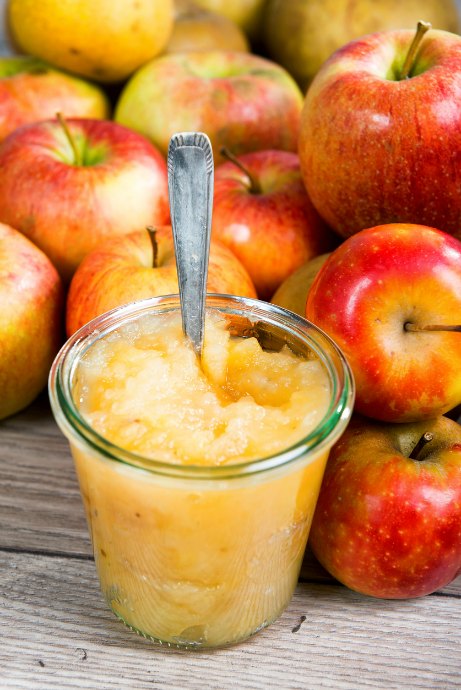How to Use Natural Sugar Substitutes
Posted by Julie on Feb 28th 2018
If you want to reduce the amount of granulated white sugar you eat, check out natural sugar substitutes. Some recipes, like sugar cookies and buttercream frosting, aren't good candidates for swapping sweeteners. But other uses for sugar -- like sprinkling over oatmeal or stirring into coffee or baking cakes and sweet breads -- are ripe for experimentation. Below, find some options for natural sugar substitutes and how to use each one.
Natural Sugar Substitutes: Honey
Granulated sugar is half glucose and half fructose. Honey is 30% glucose and less than 40% fructose, along with other, more complex sugars. Therefore, honey takes longer to break down and convert to glucose, so it has a lower glycemic index than sugar. Honey does contain trace vitamins and minerals, but not in nutritionally significant quantities.

Honey is an ideal alternative for sweetening your tea or mixing in dressings or sauces. The National Honey Board even has information about substituting honey for sugar in baking.
Natural Sugar Substitutes: Maple Syrup
Like honey, maple syrup has a lower glycemic index than granulated sugar due to its composition. Maple syrup comes from the sap of red, black, or sugar maple trees. Most bottles of so-called maple syrup at the grocery store are actually high-fructose corn syrup. Like honey, real maple syrup also has trace vitamins and minerals, but it doesn’t have nutritional value.

Use maple syrup to sweeten oatmeal or yogurt for breakfast or snacks. You can also use maple syrup in place of sugar when baking: For every 1 cup of sugar in a recipe, use 3/4 cup of maple syrup. Then reduce other liquids in the recipe by 3 tablespoons. It may take some experimentation to get the proportions right.
Natural Sugar Substitutes: Unsweetened Applesauce
When baking, unsweetened applesauce is a viable substitute for oil or butter or granulated sugar. (But not all three in a single recipe.) Use it in place of sugar in a 1:1 ratio. You’ll also need to reduce other liquids in the recipe by 1/4 cup for each cup of applesauce you use.

However, consider the feasibility of using unsweetened applesauce (or any other sugar substitute) in a particular recipe. Applesauce is a smart swap in cakes and sweet breads, but don’t try using anything other than sugar in sugar cookies.
Natural Sugar Substitutes: Dates
Dates are the most nutritious of all of these sugar substitutes, with vitamins, minerals, and fiber. They also have a lower glycemic index than honey, maple syrup, and applesauce.

Refer to this recipe on Detoxinista for making date paste, which works well as a sugar substitute in baking. Replace sugar with date paste in a 1:1 ratio. Keep in mind that date paste may alter the texture of your goodies. Be prepared to experiment a bit.
Natural Sugar Substitutes: Stevia
Stevia isn’t like aspartame or saccharin — it’s made from the leaves of the stevia plant, so it’s not an artificial sweetener. However, unlike the other sugar substitutes above, stevia leaves are processed to extract the sweetener.

Stevia is exceedingly sweet, so it takes a small amount to sweeten baked goods. Add filler ingredients to replace the “bulk” lost by not using sugar. Try incorporating yogurt or fruit puree such as applesauce. For every 1 cup of sugar in your recipe, use 1 teaspoon of liquid stevia or 1/2 teaspoon stevia powder. Then add 1/3 cup of filler ingredients. Once again, it may take a few tries to perfect your substitutions.

